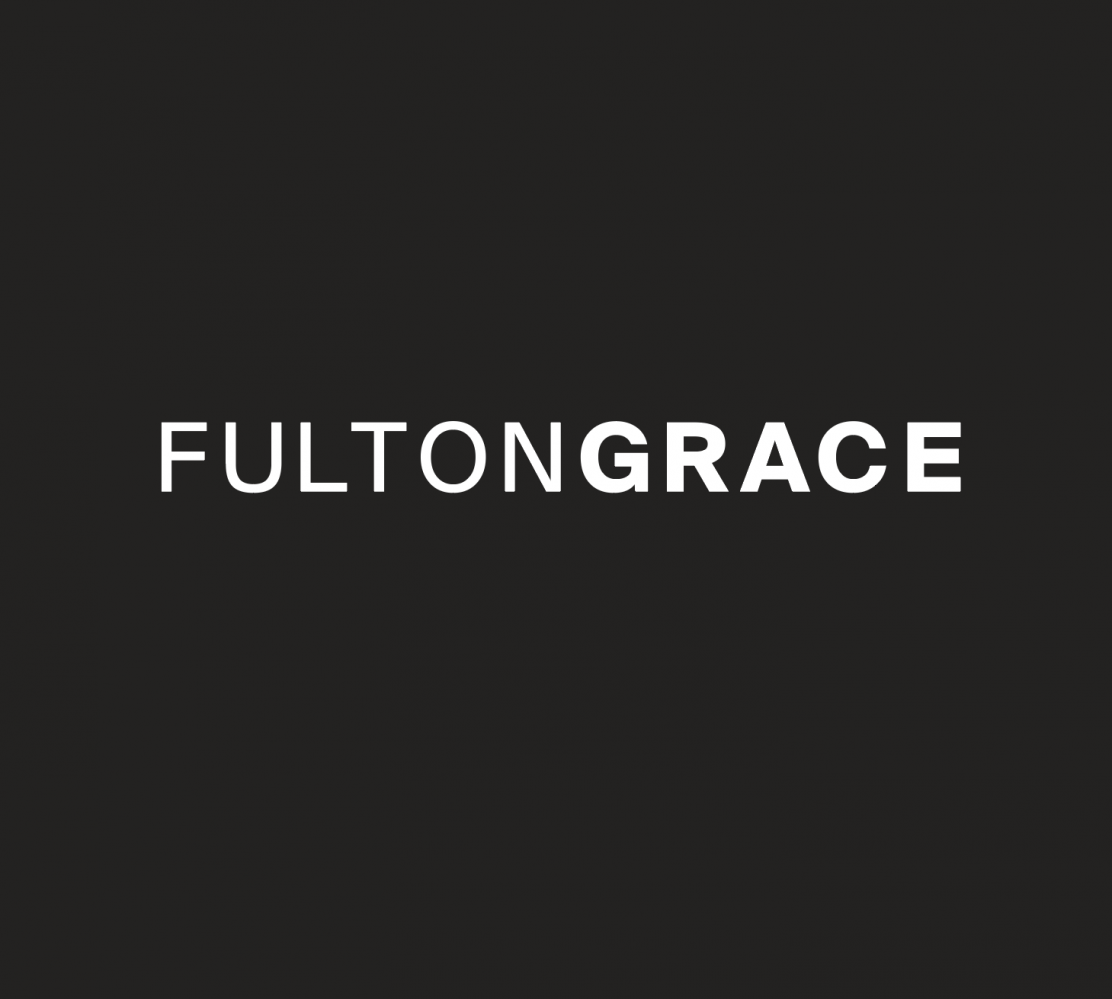Andersonville is a popular neighborhood on the North Side of Chicago situated west of Edgewater and east of West Ridge Nature Park. Home to one of the most concentrated areas of Swedish heritage in the United States and known as the “shop local capital”, its community is diverse and laid-back. Let’s delve deeper into the history behind Andersonville’s vibrant and charming community below.
Before becoming a cultured, eco-responsible, and one of Chicago’s largest LGBTQ+ communities, Andersonville was just a cherry orchard surrounded by farms. The latter and its proximity to Chicago attracted Swedish immigrants in the 1850s and led to the construction in 1854 of the neighborhood’s first school, the Andersonville School.
The Great Chicago Fire of 1871 indirectly helped the building of Andersonville’s 19th– century homes and architecture as wooden homes were outlawed in the city of Chicago forcing Swedish immigrants, who could not afford to build homes of stone or brick, to move further north. This, in turn, further developed the Swedish businesses and heritage we still see evidence of today on the commercial strip of Clark Street. Andersonville’s welcoming atmosphere grew with the opening of quaint local shops such as specialty bakeries, boutiques, hardware stores, and restaurants.

During the Depression and post-war periods, like many European and American ethnic groups, the Swedes began to move out of the suburbs which threatened Andersonville’s businesses and commerce. To prevent a declining neighborhood, on October 17, 1964, Andersonville was rededicated in a ceremony attended by Chicago’s Mayor Richard J. Daley and Illinois Governor Otto Kerner. As a result, the following summer, the annual Swedish tradition of celebrating the summer solstice blossomed into the beloved Chicago Midsommarfest, which has since grown into one of Chicago’s largest and most popular street festivals to celebrate LGBTQ+ pride and marks the unofficial start of summer in the Windy City.

Naturally, new cultures and communities, such as Mexican, Lebanese or Korean poured in and settled, enjoying Andersonville’s attractive offerings. Though diverse cultures are welcomed and form Andersonville’s identity, Kurt Mathiasson, a Swedish immigrant-founded The Swedish American Museum in 1976, as a grassroots effort to help preserve Swedish immigration heritage and provide educational and cultural opportunities for children. A large and public opening ceremony of the museum followed, with the attendance of King Carl XVI Gustaf of Sweden.

In the 1980s, a large lesbian and gay community developed, increasing the neighborhood’s vibrant urban living and diversity, and expanding Andersonville’s attractive housing market. Many inhabitants and property investors compare Andersonville to a modern Mayberry – this is probably due to its high quality of life, a strong sense of unity, and forward-thinking community. Furthermore, the mix of new construction single-family homes with modern finishes and plenty of space, to classic Chicago apartments with original hardwood floors, makes it that much more attractive. Did you know that property owners could be eligible for tax credits for renovation work, because of Andersonville’s national historic commercial district status?

To get a good feel of Andersonville’s small-town feel and distinctive businesses, check out their 2021-2022 Neighborhood Guide for the most recent events and activities they have to offer.
WHO IS FULTON GRACE?
We are one of Chicago’s leading providers of comprehensive real estate services. We are home to an ever-growing team of savvy & reputable local realtors, seasoned property managers, and customer-service-oriented staff. Whether you’re looking to find a new home, sell your home, or have your property managed, let us be your trusted real estate advisors.
